We’ve said it before, and we’ll say it again—your pet’s eyes provide important clues about their overall health. Systemic fungal infections are serious diseases that your pet can contract from the environment and, unfortunately, cannot really be prevented. Therefore, pet owners should learn to recognize disease signs and seek veterinary care as soon as they notice a problem.
Because eye and vision changes are often the first fungal disease signs, our Envision More Veterinary Ophthalmology team frequently helps diagnose, treat, and manage these infections. Here is our guide to the most common local fungal infections and what you should look for in your dog or cat.
How do pets contract fungal diseases?
Unlike bacteria and viruses that typically live inside their host and spread from pet to pet, or live in the environment for short time periods, fungal spores live freely in soil, decaying plant matter, and sometimes in bird or bat droppings. Pets inhale the fungus, which transforms from spores to yeast, and colonizes the respiratory tract or spreads through the bloodstream to other body areas. Humans and other pets in the same area may contract a fungal disease from the same source, but they are not considered directly contagious.
All pets, including indoor cats, are at risk for fungal diseases because the spores can sometimes travel in the air. Many different fungal species colonize different parts of the country, but Histoplasma, Blastomyces, and Cryptococcus species are the most frequent offenders in our area, and those that most often affect a pet’s eyes. Dogs are most susceptible to blastomycosis and histoplasmosis, while cats are susceptible to cryptococcosis and histoplasmosis. Fungal infection risks are typically highest in the spring and fall when moist conditions encourage fungal growth and spread.
What are fungal disease signs in pets?
Different fungal species can show slightly different signs, but most infection signs are similar. Any body system can be affected, but some of the most common signs include:
- Eye inflammation or blindness
- Swollen lymph nodes
- Fever
- Lethargy
- Decreased appetite
- Coughing
- Limping or swollen joints
- Draining skin lesions
- Nasal discharge or facial deformity (i.e., cryptococcus)
- Neurological problems (i.e., cryptococcus)
How do fungal diseases impact eye health?
Fungal infections often spread to the eyes and may cause retinal detachment or inflammation inside the eye (i.e., uveitis). Retinal detachment causes blindness, while uveitis can quickly cause secondary glaucoma and subsequent blindness. Onset may be sudden, with blindness or eye inflammation the first systemic infection sign. Dogs and cats who are diagnosed or suspected to have fungal disease should have a comprehensive eye examination to determine if the eyes are involved and to start treatment if needed.
Fungal eye disease signs include:
- Redness
- Squinting
- Pupil dilation
- Bleeding or white debris inside the eye
- Pupil dilation
- Increased or abnormal reflective eyeshine
- Eye bulging
- Blindness
How are fungal diseases diagnosed and treated in pets?
Fungal disease can look like many other illnesses, including cancer, auto-immune disease, or other infections, which often leads to diagnostic delays. Veterinarians cannot diagnose fungal disease with routine blood tests, but they can send urine or blood samples to a specialized lab for diagnosis if they suspect the problem. Veterinarians can also perform a complete eye examination and chest X-rays test for certain fungi if they become suspicious.
Treatment and a cure typically require a team approach, with a primary veterinarian, internal medicine specialist, and an ophthalmologist working together. Oral antifungal medications, which are the treatment mainstay, must be given daily for many months, and steroid anti-inflammatories, antibiotics for secondary bacterial infections, and pain medications may be prescribed.
Not all pets with fungal infections have eye involvement—if the eyes are still normal after a few weeks of treatment, the chances of eye problems are low. But, fungal disease that infects the eyes can be difficult to eradicate. Anti-inflammatory and anti-glaucoma eye drops may be effective short-term, but eventual vision loss often results. Eye removal is always recommended for pets who have lost vision in one or both eyes because of fungal disease, because this physically removes the fungus from the body and prevents re-infection from the eye to other body systems.
What is the long-term outlook for pets who contract fungal diseases?
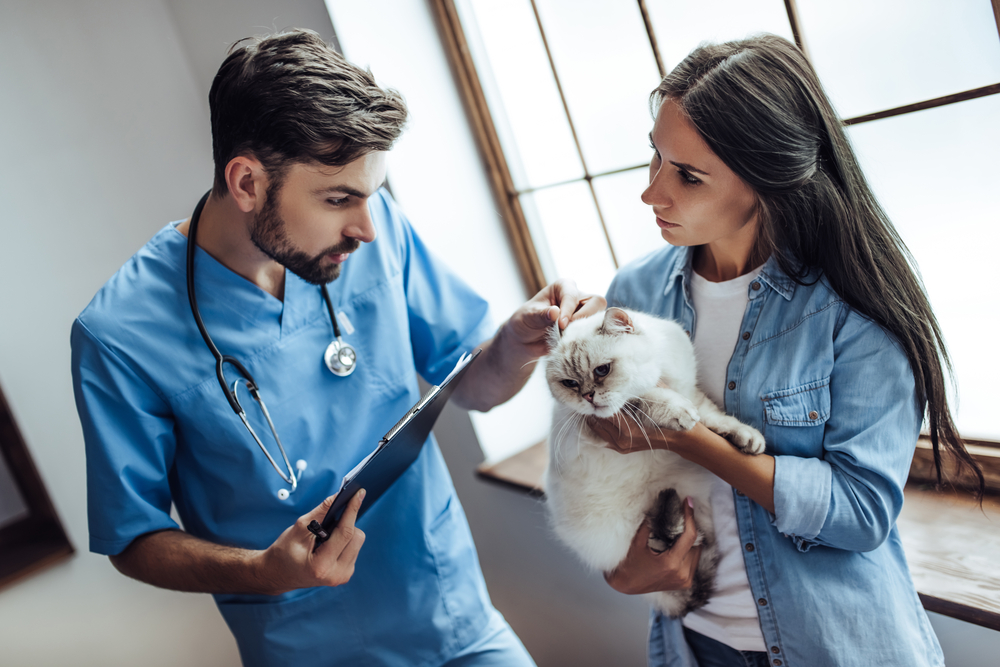
Treating fungal disease takes many months, and pets often relapse after their first treatment course and need a second medication round. Treatments are expensive, but survival rates are high when pet owners commit to long-term care, specialist appointments, and frequent follow-up testing. Unfortunately, some severely affected pets or those diagnosed late in the disease may not live.
Your dog or cat’s eye or vision problem, combined with other—sometimes vague—illness signs, can indicate a fungal infection or other serious condition. Contact the Envision More Veterinary Ophthalmology team to schedule an evaluation for your pet’s new eye problem, or for a complete eye examination and treatment plan if your primary veterinarian diagnoses your pet with fungal disease.


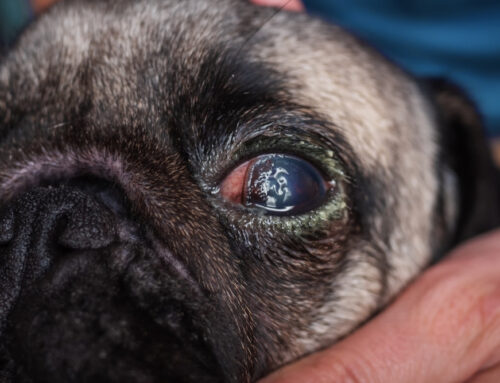
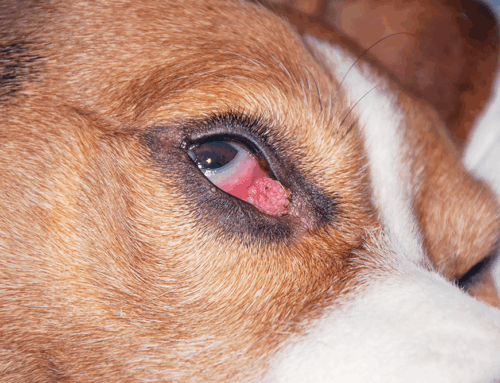
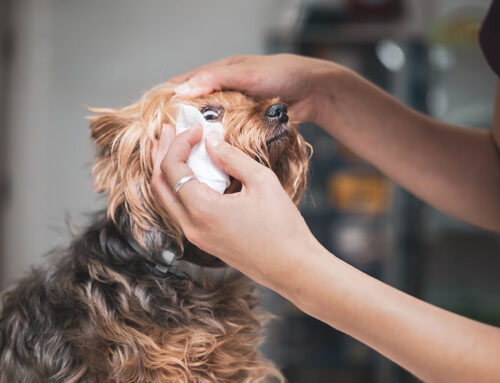
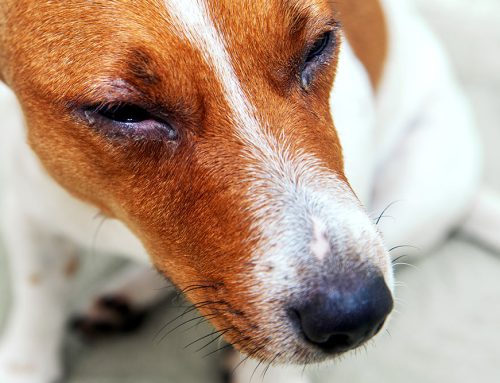

Leave A Comment